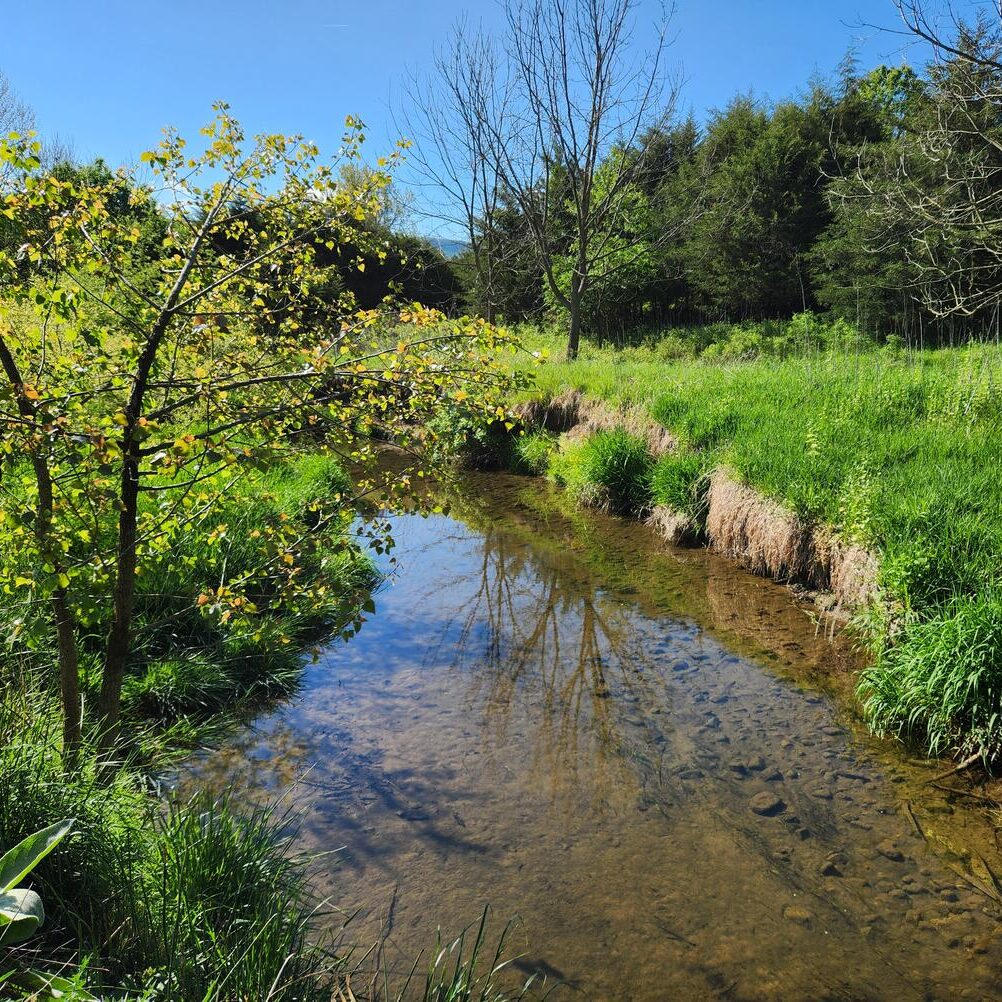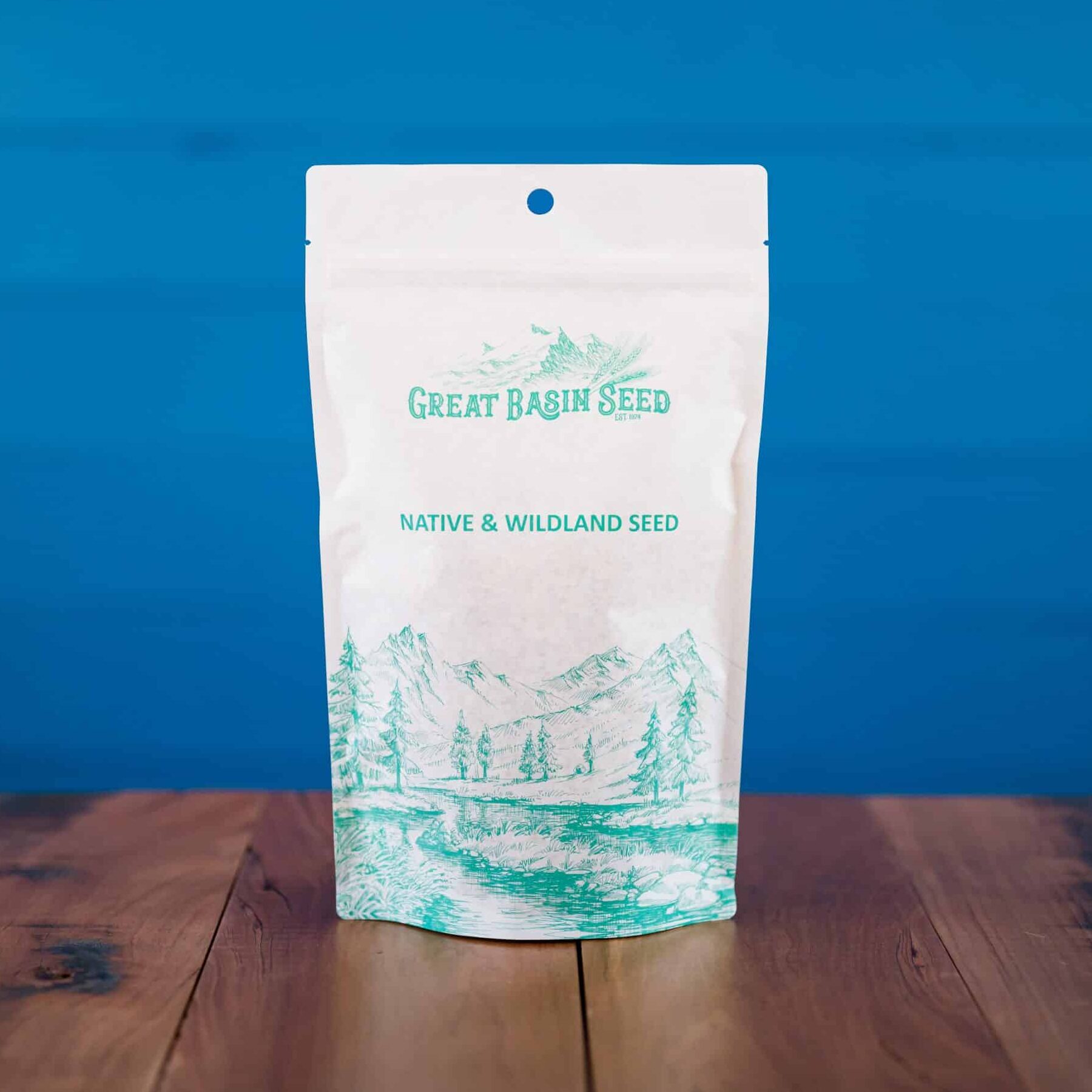Utah Serviceberry
 Price range: $11.25 through $89.70
Price range: $11.25 through $89.70 - Scientific name: Amelanchier utahensis
- Snow white bloom in early spring
- Average height at maturity about 15 feet
- Flowers April through June
- Requires excellent drainage and is not salt tolerant
- Used for food and cover to improve wildlife habitat
- Very drought tolerant and winter hardy
UTAH SERVICEBERRY
Utah serviceberry (Amelanchier utahensis) is a small tree or large shrub that is highly branched or grows in clumps. Its average height at maturity is about 15 feet. The flowers of Utah serviceberry have white petals and grow in small clusters. While in bloom in early spring, the entire plant is snowy white. Flowers April through June.
Utah serviceberry is widely scattered throughout the Great Basin. It is common in the more arid areas in canyons, rocky areas, and foothills, usually between 3,000 and 9,000 feet in elevation. Once it is established, it tolerates drought well. It grows best on coarse to medium well-drained soils. It requires excellent drainage and is not salt tolerant.
The fruit of Utah serviceberry is an excellent source of bird food while the foliage is good browse for both wildlife and domestic livestock. It is a very important species for mule deer in the Great Basin. It provides good forage in late winter and early spring because it leafs out and blooms earlier than associated species (spring/summer). Utah serviceberry also provides good ground cover for watershed protection.
General: Considerable variation occurs in the native shrubs or small trees that are generally 2 to 4 meters tall. Deciduous leaves are simple, alternate generally serrate-dentate from the middle to the tip. Flowers form clusters in early May with five showy white petals and the ovary is 2 to 5 celled. The persistent purplish – black pome can remain dry and pulpy. Considerable variation occurs when it is found on sites with Saskatoon serviceberry where natural hybrids are sometimes found. It generally occupies drier sites than Saskatoon serviceberry.
Distribution: Utah serviceberry is generally found at elevations of 5000 to 9000 feet from Montana to Oregon, south to New Mexico, and California (Harrington, 1954).
Habitat: The plant is found on dry ridges and slopes in big sagebrush, pinyon-juniper, and aspen communities. It is abundant in the southern portion of the Great Basin (Wasser, 1982).
Adaptation
The plant is found on rocky slopes, canyons and stream banks with 12 to 20 inches of annual precipitation. It has a deep spreading root system and occupies soils that are coarse to medium textured and well drained. It is not tolerant of high water tables or saline soils. It is adapted to drier sites than Saskatoon serviceberry. Utah serviceberry grows with a variety of other plants but grows slowly and seedlings can be suppressed by dense stands of grasses and forbs.
Establishment
Utah serviceberry can be established with seed planted about 1⁄4 of an inch deep in fall months or container grown plants set in the ground in early spring when soil moisture is present. Sprouting does occur but is not as common as the occurrence in the more northern ecotypes of Saskatoon serviceberry. Establishment can be slow, especially if soil moisture is low, but the plant can survive on drier sites than Saskatoon serviceberry. New plantings can require several years (8 to 10) for flowering and seed production. Protection from browsing and plant competition along with the use of mulch will reduce the time required for establishment. Shade also will be beneficial for establishing live plants.
Management
Amelanchier utahensis Koehne Plant Symbol = AMUT
Contributed by: Upper Colorado Environmental Plant Center, Meeker, Colorado
Steve Parr, Upper Colorado Environmental Plant Center
Alternate Names
Serviceberry, Juneberry, shadbush, and sarvis.
Uses
Utah serviceberry can be used for food and cover to improve wildlife habitat. Leaves and small branches are used by big game and livestock and berries are consumed by birds and small animals. It also provides nesting and cover for birds. Utah serviceberry can be used for reseeding big sagebrush and pinyon-juniper sites and is also beneficial for conservation plantings on rangelands and mined land. The plant can be used for landscaping and as a component of windbreaks and shelterbelts. It also can be used for roadside beautification. Native Americans used the berries as a source of food that was prepared in several ways (Dunmire and Tierney, 1997). Berries persist longer on the bush than on Saskatoon serviceberry and provide a food source over a longer period of time, especially when the ground may be covered with snow.
Status
Please consult the PLANTS Web site and your State Department of Natural Resources for this plant’s current status (e.g. threatened or endangered species, state noxious status, and wetland indicat values).
After seeding or planting live plants, controlled browsing will be important for maintaining vigorous growth. Reducing plant competition is also necessary for rapid plant growth. Controlled browsing will be important for berry production. After the plant is established, it can withstand moderate to heavy browsing in years with average to above average precipitation. Browsing should not exceed more than 50 percent of the current season’s growth to maintain good plant vigor and growth.
Pests and Potential Problems
The plant is host of Apple-cedar rust when growing in close proximity to Junipers. The rust affects leaves and berries. No other serious diseases or pests are known (Wasser, 1982).
Environmental Concerns
The plant is not known to be aggressive, invasive, or difficult to control when used in areas where adapted.
Seeds and Plant Production
Utah serviceberry has about 25,800 seeds per pound. In years with good moisture, large quantities of berries are produced and can be hand harvested. Controlled browsing is also important for berry production. Seedlings can exhibit good vigor but slow growth. Fresh seed may require cold stratification.
Cultivars, Improved, and Selected Materials (and area of origin)
Long Ridge Germplasm Utah serviceberry is the only release of the species. Seed and plants of Long Ridge Germplasm are available form Upper Colorado Environmental Plant Center (UCEPC) Meeker, Colorado.
Contact your local Natural Resources Conservation Service (formerly Soil Conservation Service) office for more information. Look in the phone book under ”United States Government.” The Natural Resources Conservation Service will be listed under the subheading “Department of Agriculture.”
For more variety options click here: Serviceberry
***Click on the “Quick Plant Facts” tab above for more information.
Utah Serviceberry NRCS Plant Fact Sheet
Utah Serviceberry NRCS Plant Fact Sheet
PDF version of NRCS Plant Guide & Fact Sheet
Prepared By: Gary L. Noller, Upper Colorado Environmental Plant Center, Meeker, Colorado
Species Coordinator: Gary L. Noller, Upper Colorado Environmental Plant Center, Meeker, Colorado
Helpful Links
Additional information about this product can be found on the academic websites linked below.
Synonyms
Many plants have more than one common and scientific name. We've listed a few of them below.
- Utah Serviceberry
- Amelanchier utahensis
Who is Great Basin Seed?
Great Basin Seed is a seed company that specializes in seed sales and consultation for home, ranch, farm, range and reclamation. We have been a leader in the seed industry since 1974.
Our History
We've been in the seed business since 1974.
What We Offer
We offer seed for home, farm, ranch, range and reclamation projects.
Meet the Gang
We have the best employees in the world! We are proud of the work they do, and trust them to serve you!
Right: Company founder Lloyd and his wife Paula Stevens in a wildflower seed production field circa 1977
Quick Plant Facts
| Common Name: | Utah Serviceberry |
|---|---|
| Scientific Name: | |
| Lifespan: | |
| Origin: | |
| Plant Type: | |
| pH Tolerance: | |
| Seed Count | 25800 |
| Growth Height: | |
| Min. Precipitation | 10 Inches Minimum |
| Best Time to Sow: | |
| Max Sowing Depth: | |
| Growth Season: | |
| Sun & Shade Tolerance: | Full Sun to Partial Shade |
| Zone Map | comingsoon.gif |
| Hardiness Zones: | |
| Select a Package Size and Quantity | 1 oz. Envelope, 4 oz. Pouch (0.25 lbs.), 8 oz. Pouch (0.50 lbs.), 1 lb. (by the pound) |









